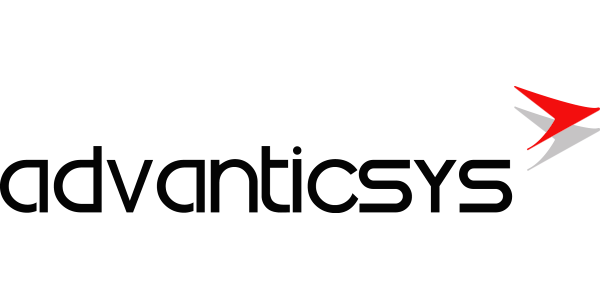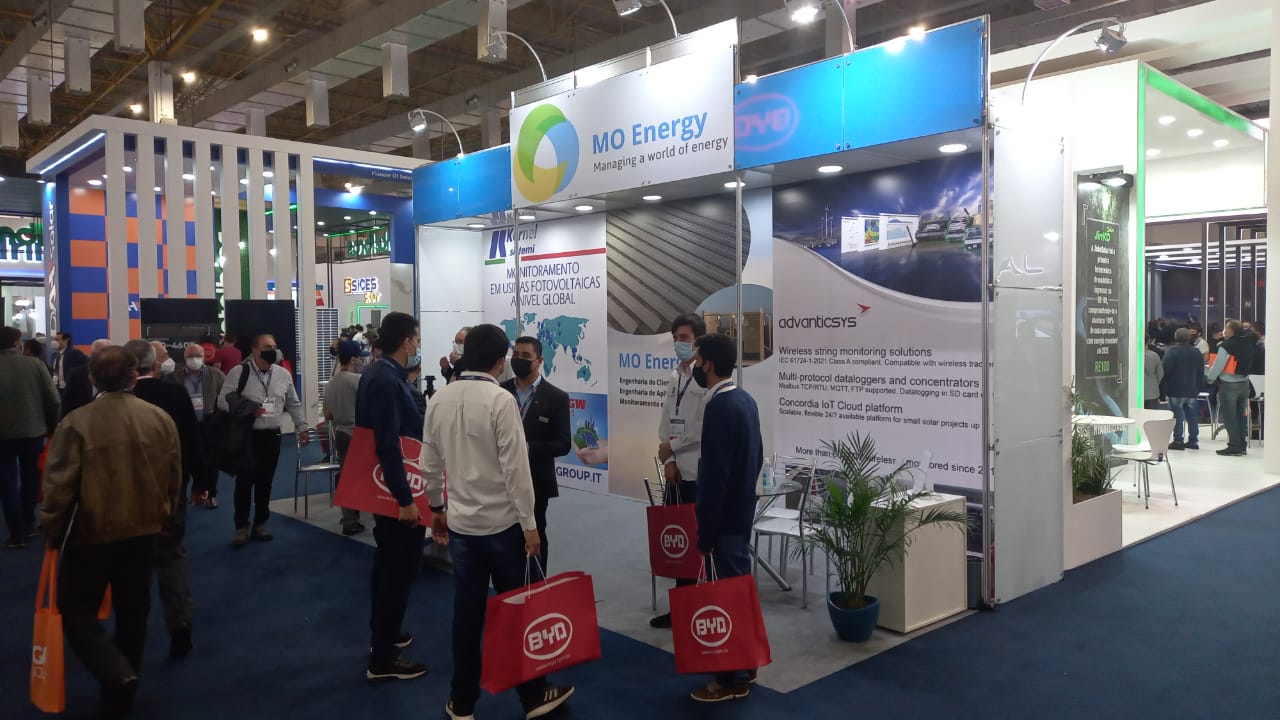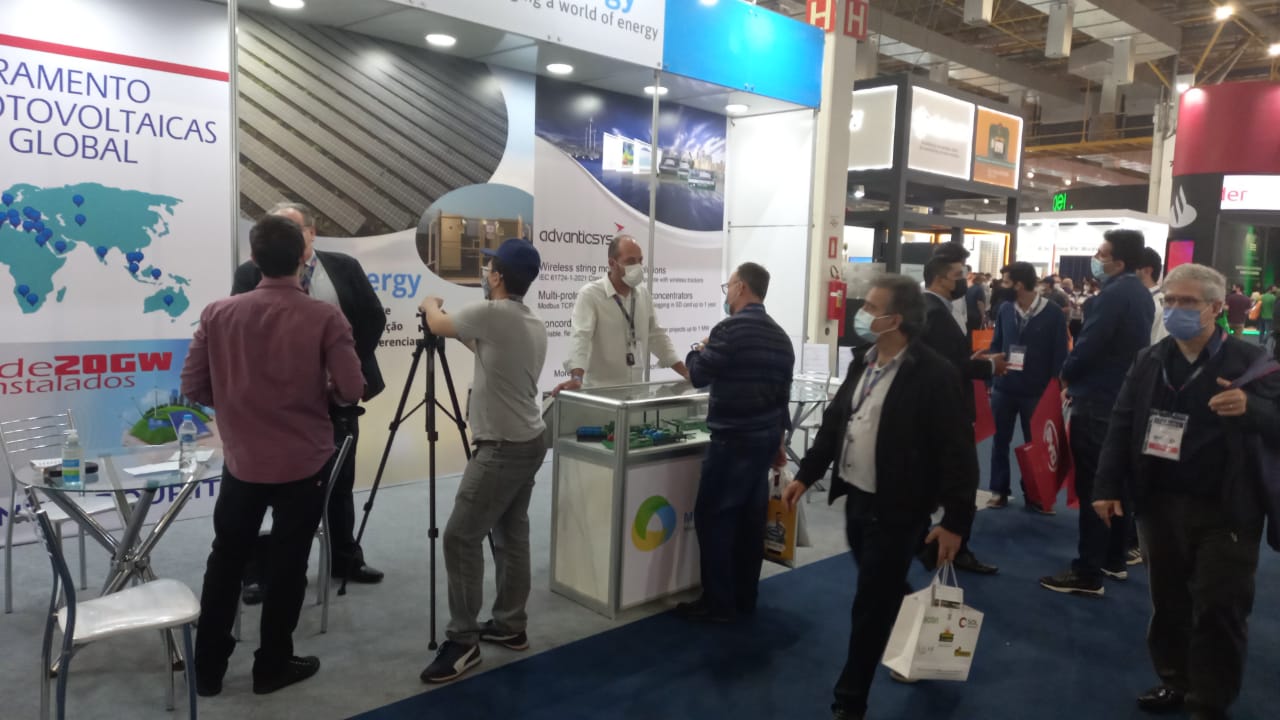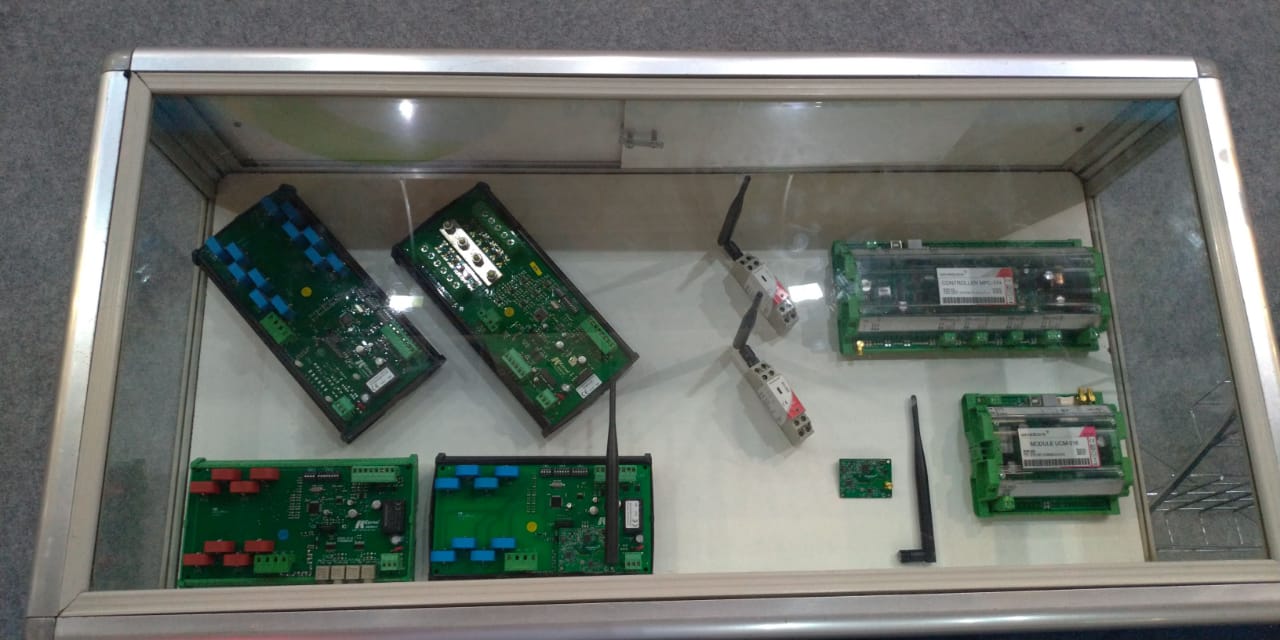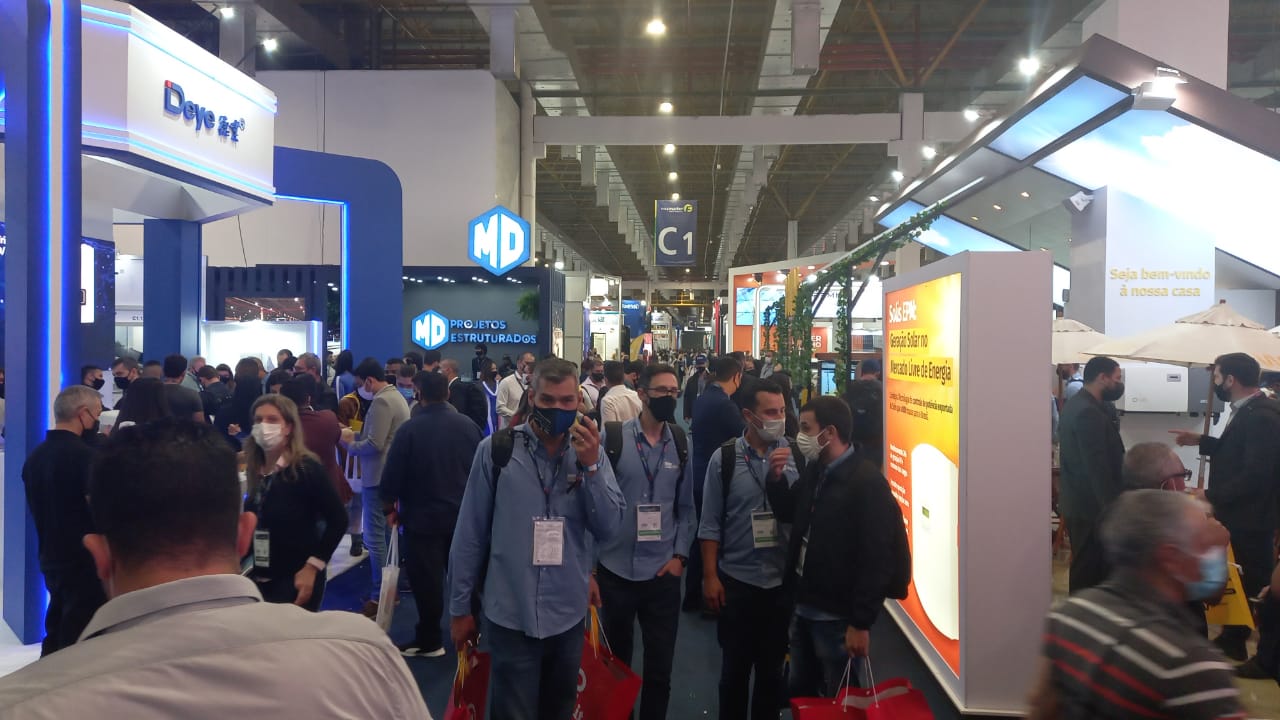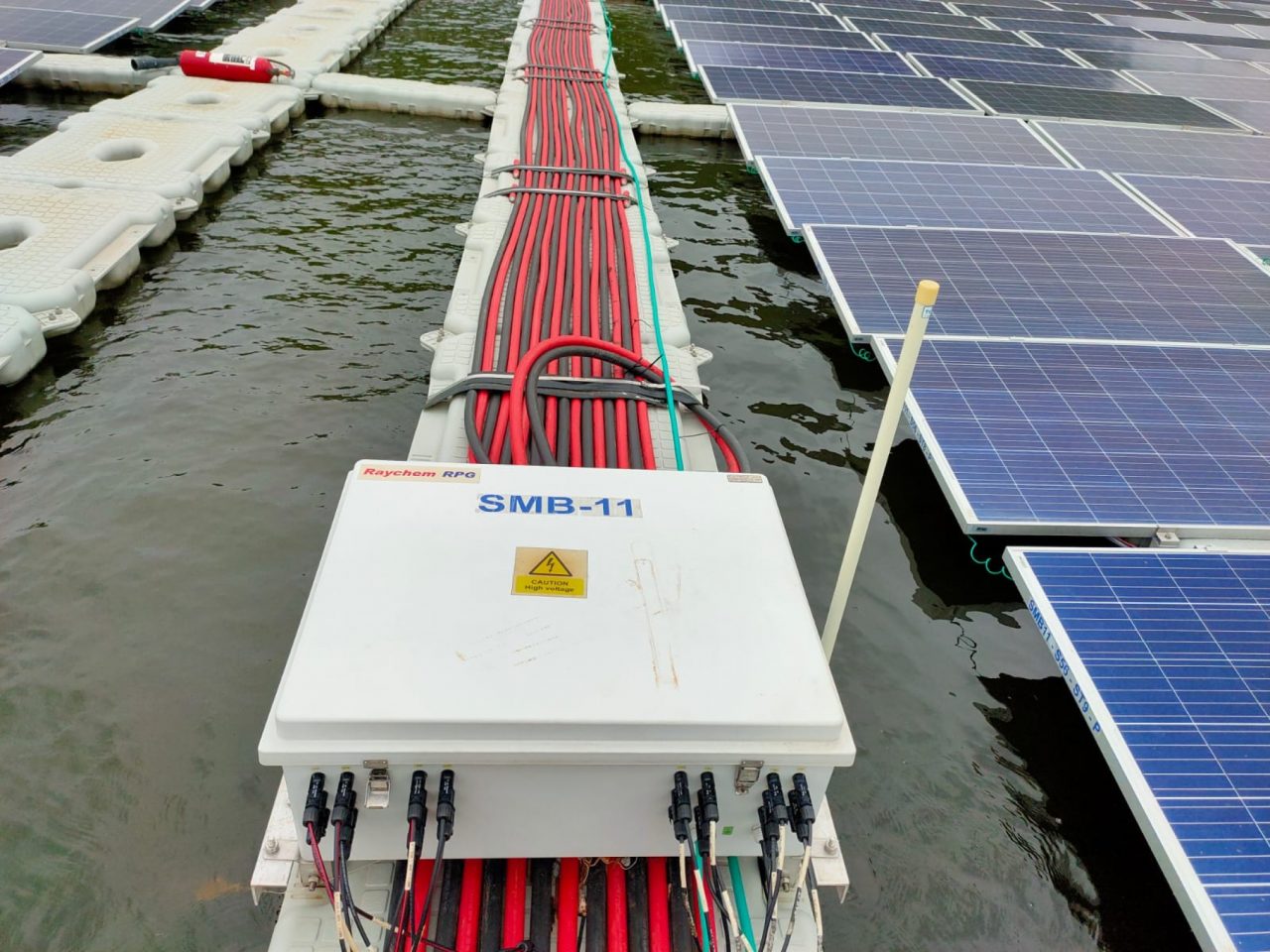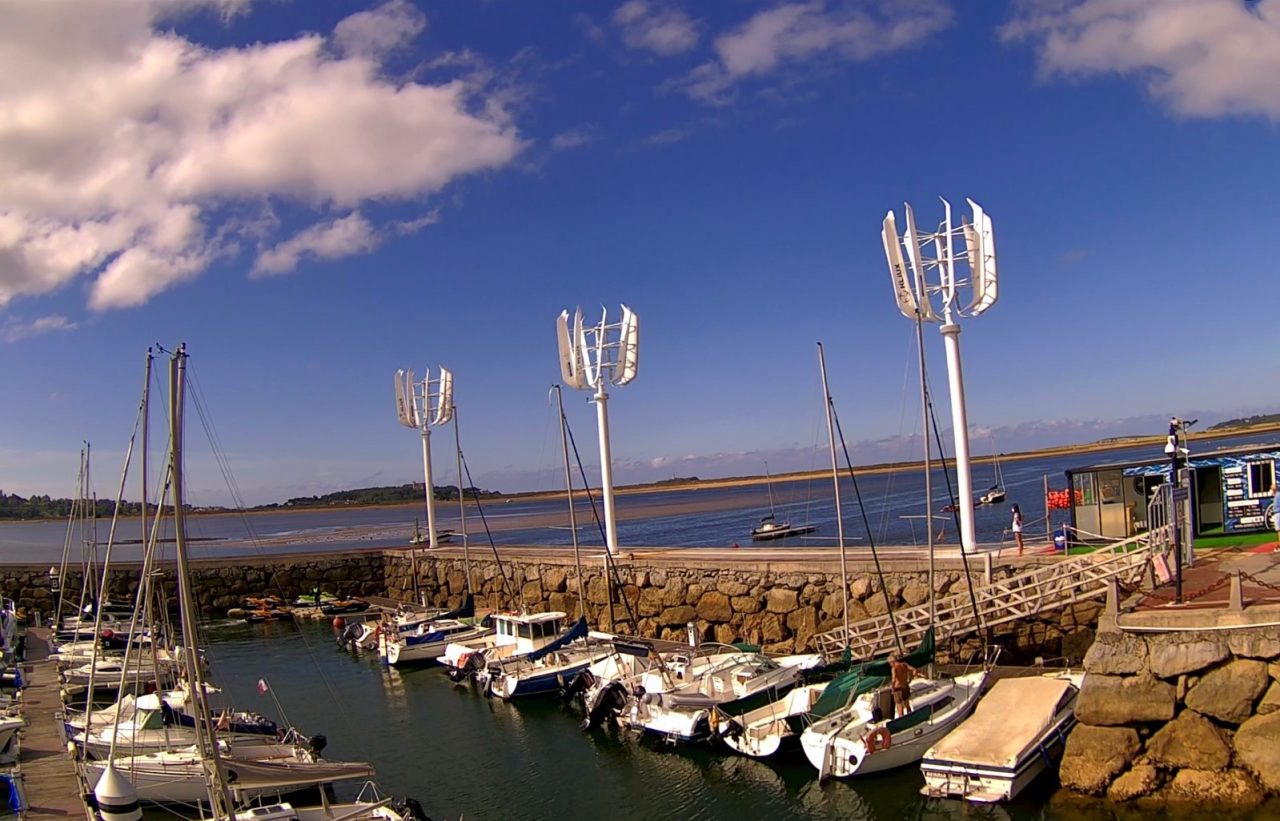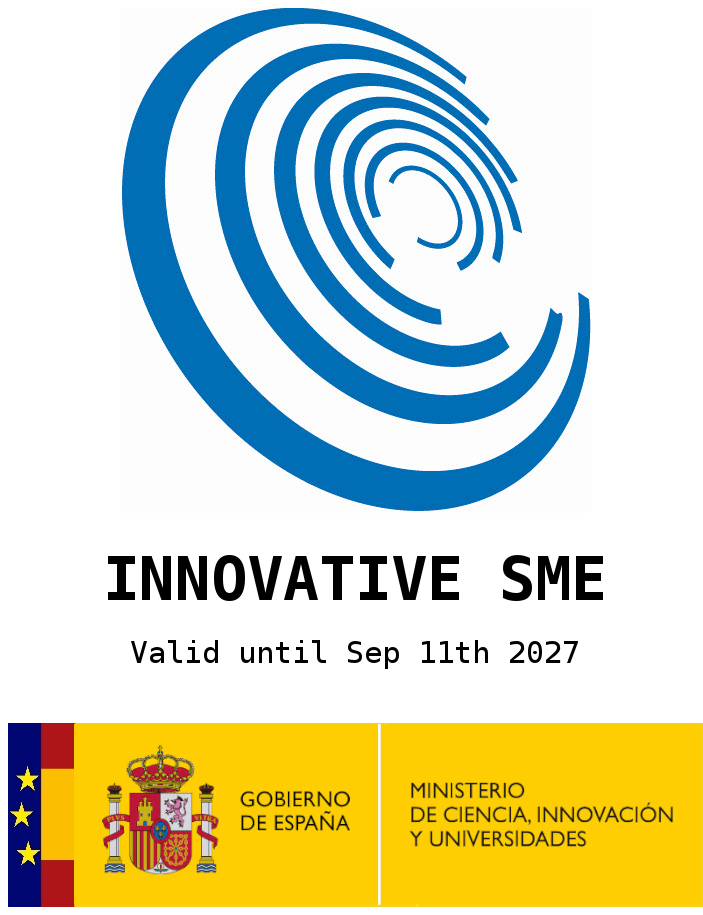FitDrive is a European research project funded by the Horizon 2020 programme that aims to identify and prevent driving stress states for professional drivers (and consequently driving fitness) with artificial intelligence and machine learning techniques.
The project is participated by 10 partners from 7 different countries and is coordinated by the “Instituto Tecnologico de Castilla y Leon” (Spain). advanticsys is one of the partners and has the specific tasks of collecting data from both the vehicle and the driver and provide cloud platform infrastructure to monitor and analyze those data in real time.
Currently, the pre-selection of volunteers (professional drivers) is under way, who will start with tests first with a driving simulator and then on the road, in order to collect data to be elaborated by an Artificial Intelligence (AI) system to define, after a certain driving time, his ‘ordinary’ behavioural profile (in the sense of his usual daily behaviour while driving).
Once the ‘ordinary’ profile of a specific driver has been defined, the AI system installed in the vehicle is able to detect abnormal behaviour (outside the ‘ordinary’ profile) and associate them with the most probable causes such as fatigue, excess alcohol or drugs, or other cognitive disorders: these abnormal variations can be associated with early situations of sickness that are not yet apparent to the subject but are about to manifest themselves.

The noticeable advantages of the application of this system, once tested and developed, are obvious: it provides continuous screening of the driver’s psychophysical capabilities, alerting him or her to potential malaise on the way, and at the same time allows roadside patrol officers to interrogate the vehicle wirelessly and thus be able to focus on those vehicles that have shown recent abnormal behaviour. It should be remembered that roadside inspections for commercial vehicles, and in particular heavy vehicles, involve an appropriate amount of space and a relatively long time, which can be considerably reduced thanks to the system that the FitDrive project is developing, making inspections more efficient (because vehicles with potential problems are detected immediately) and reducing the time that vehicles remain stationary (those without potential problems undergo a much faster inspection)
Thanks to the participation in this project, advanticsys continues its growth by creating new geolocation-based services such as fleet management, geofencing and many more under the framework of our Concordia® Industrial IoT Cloud Platform.
